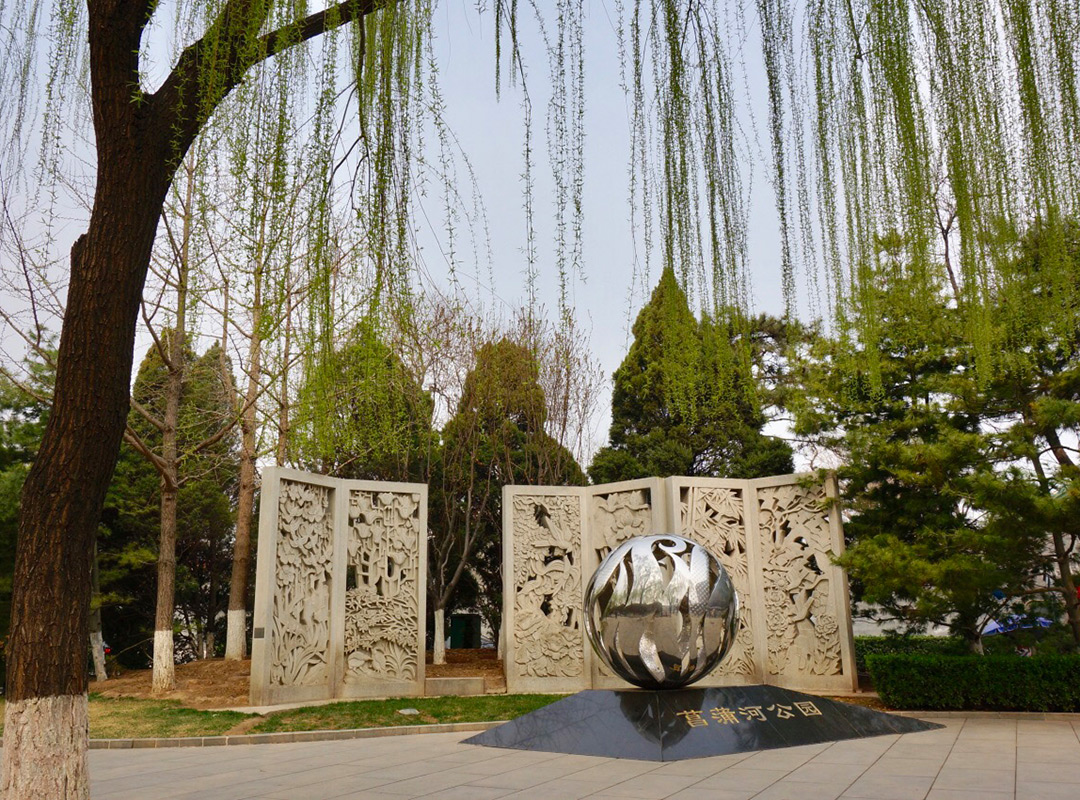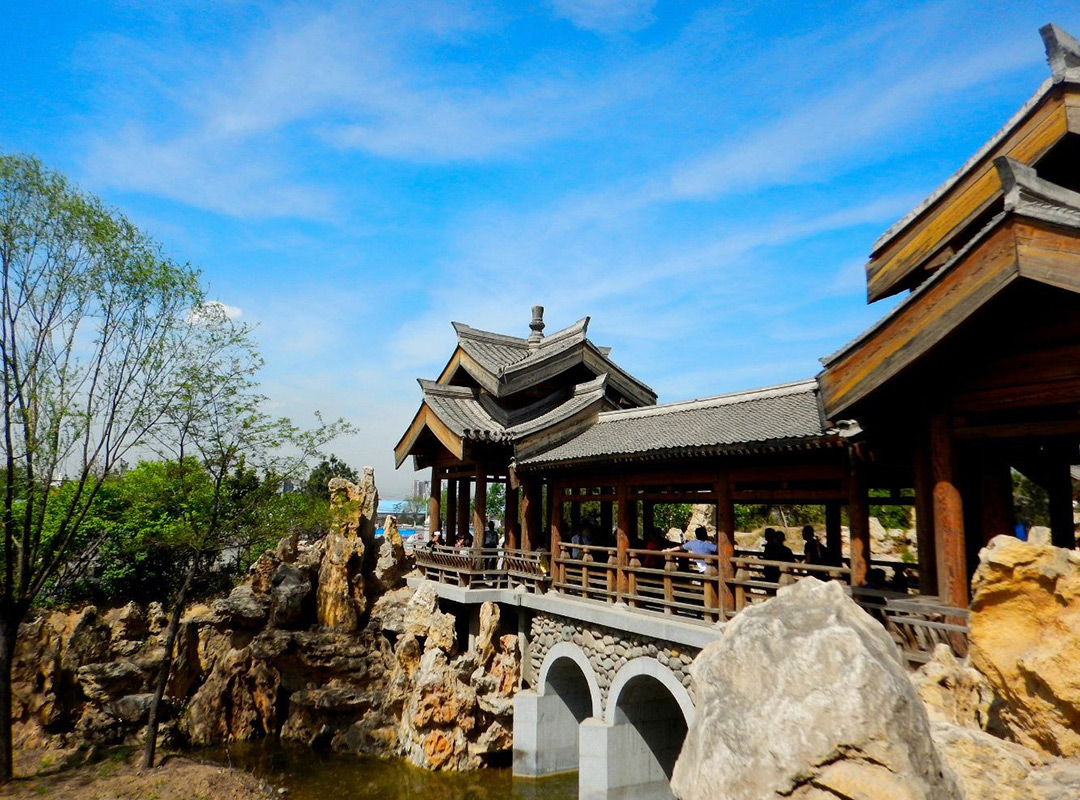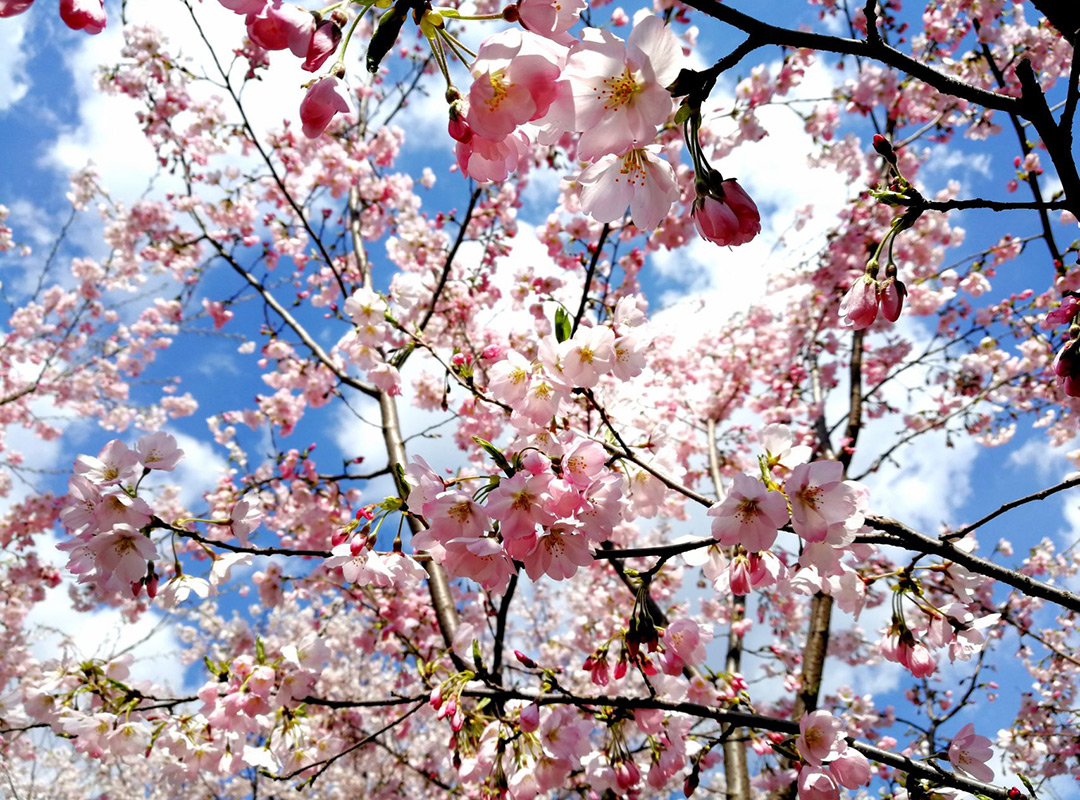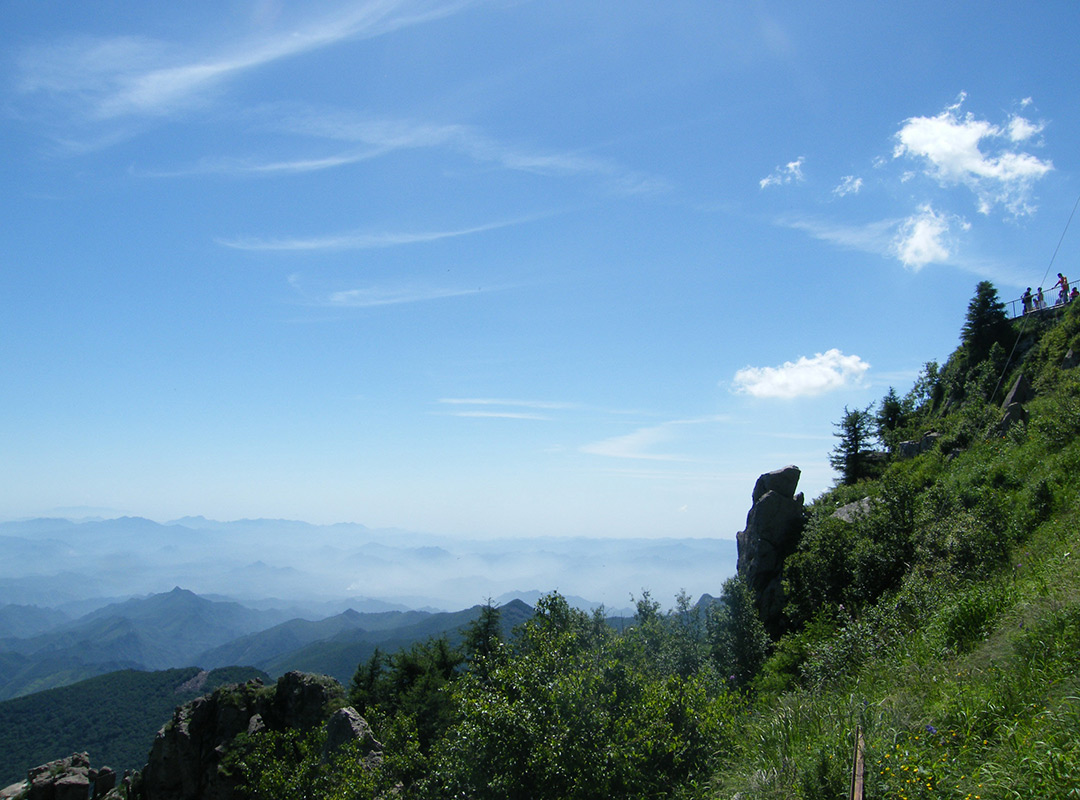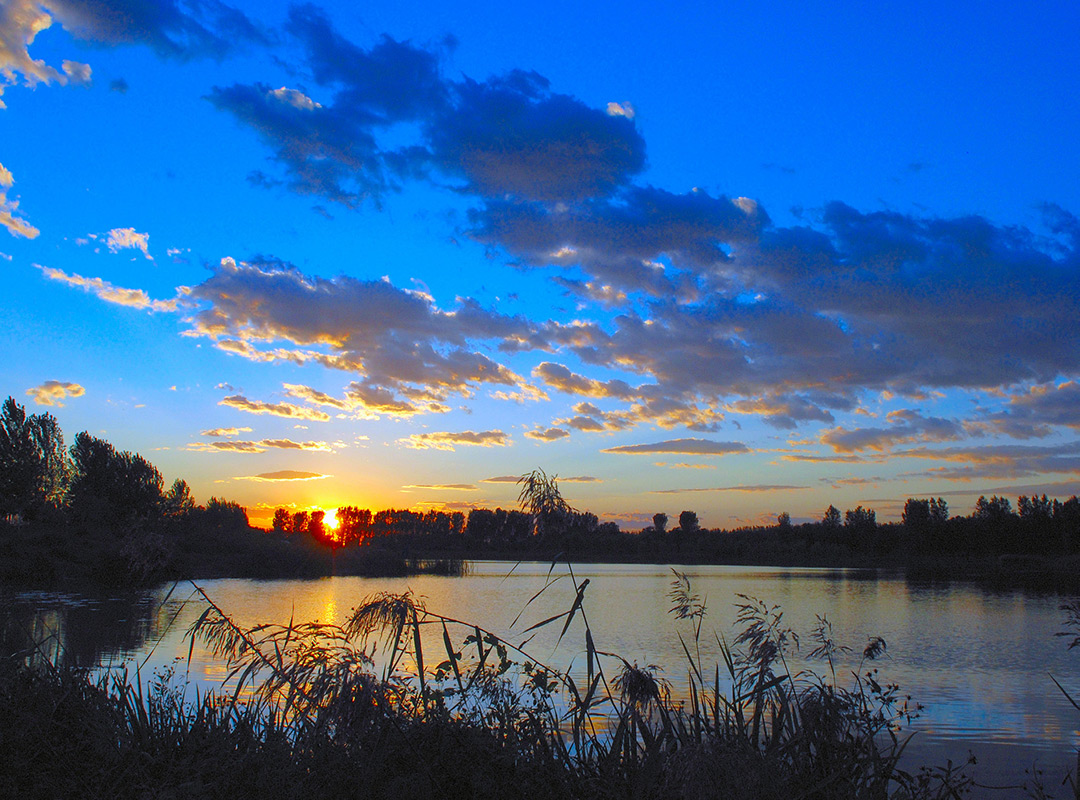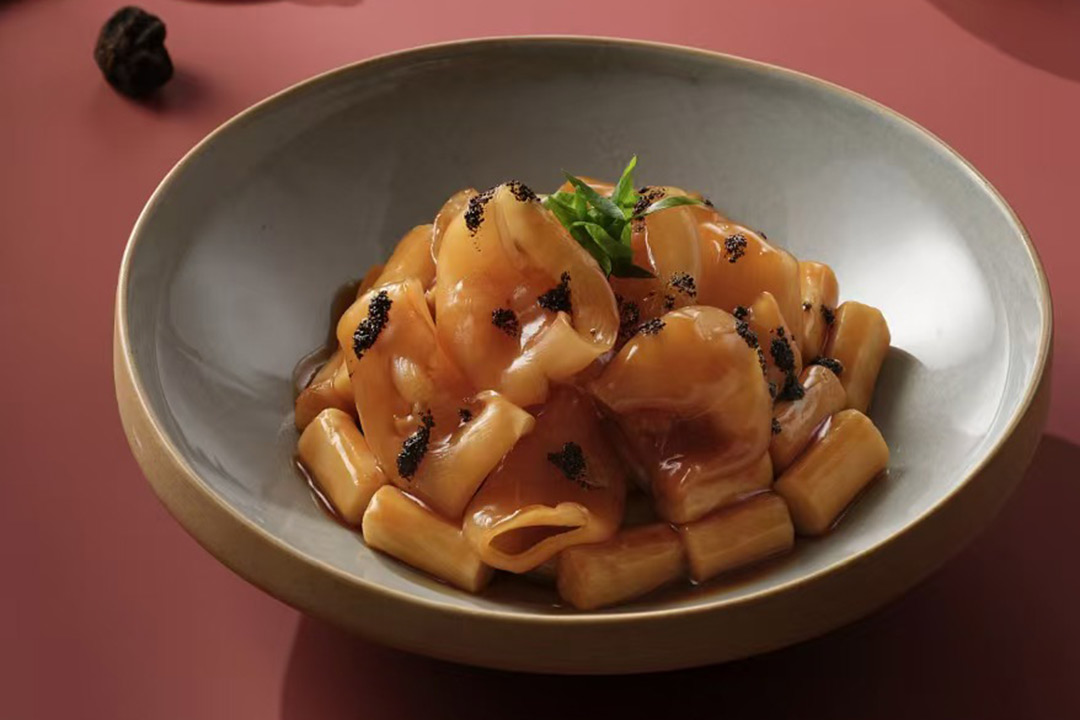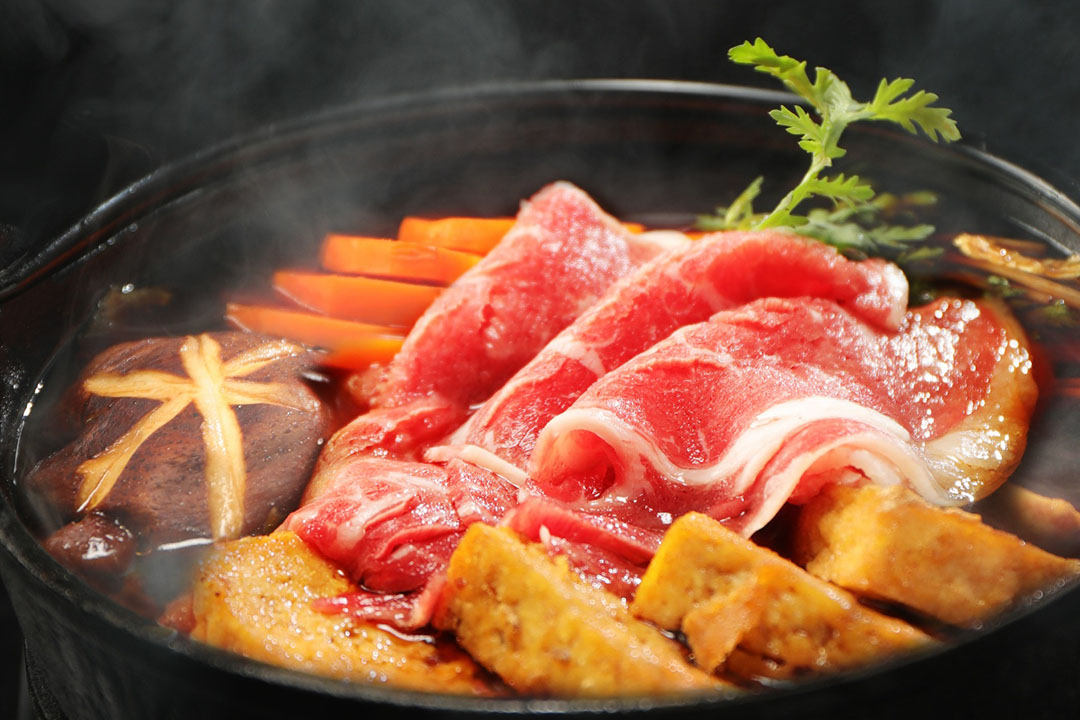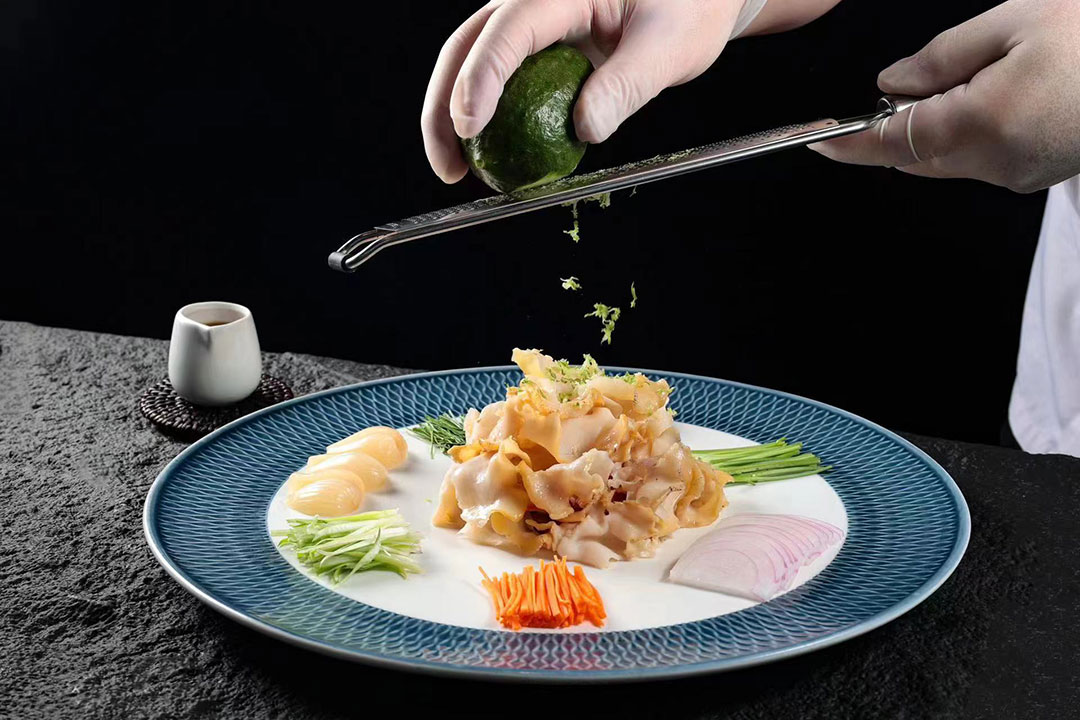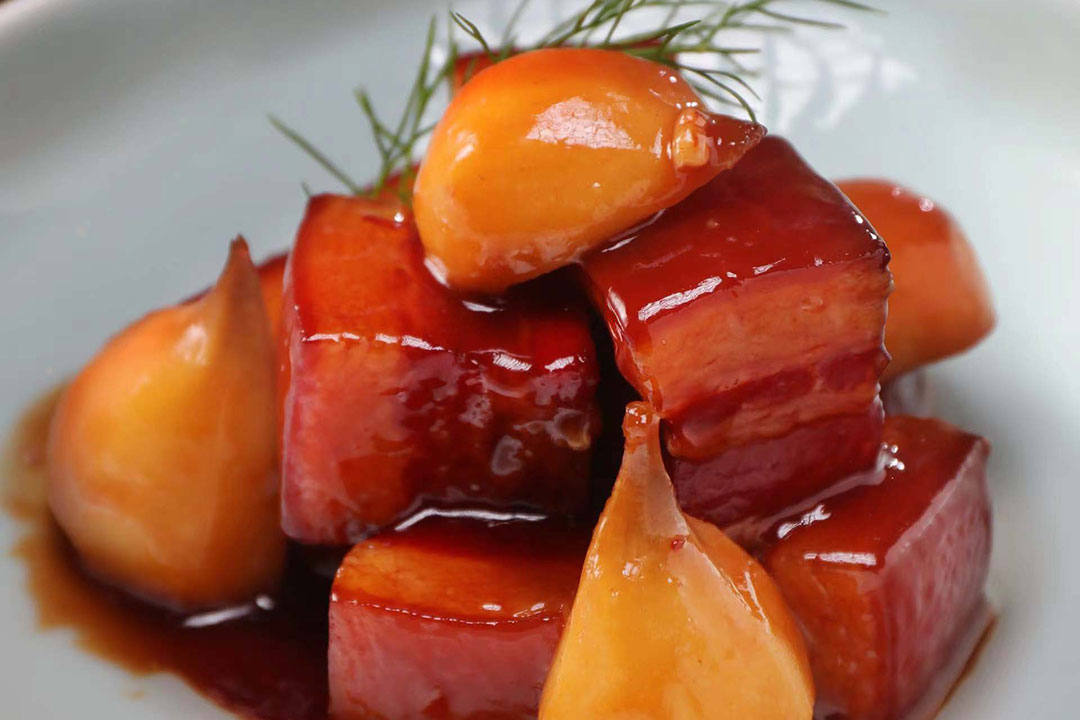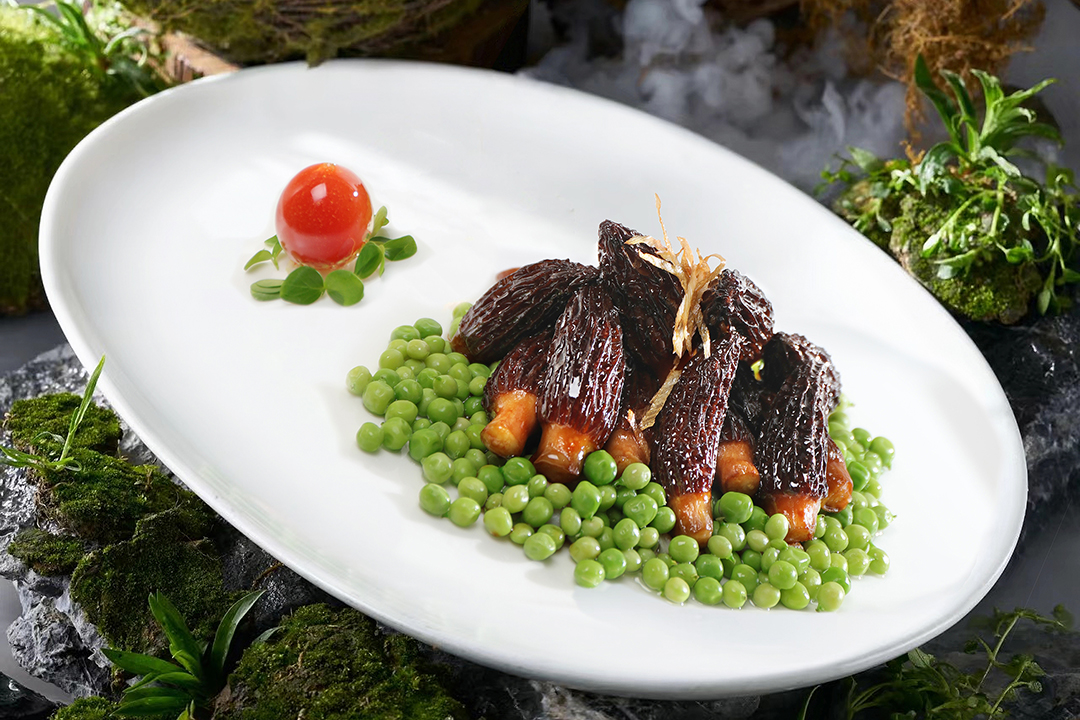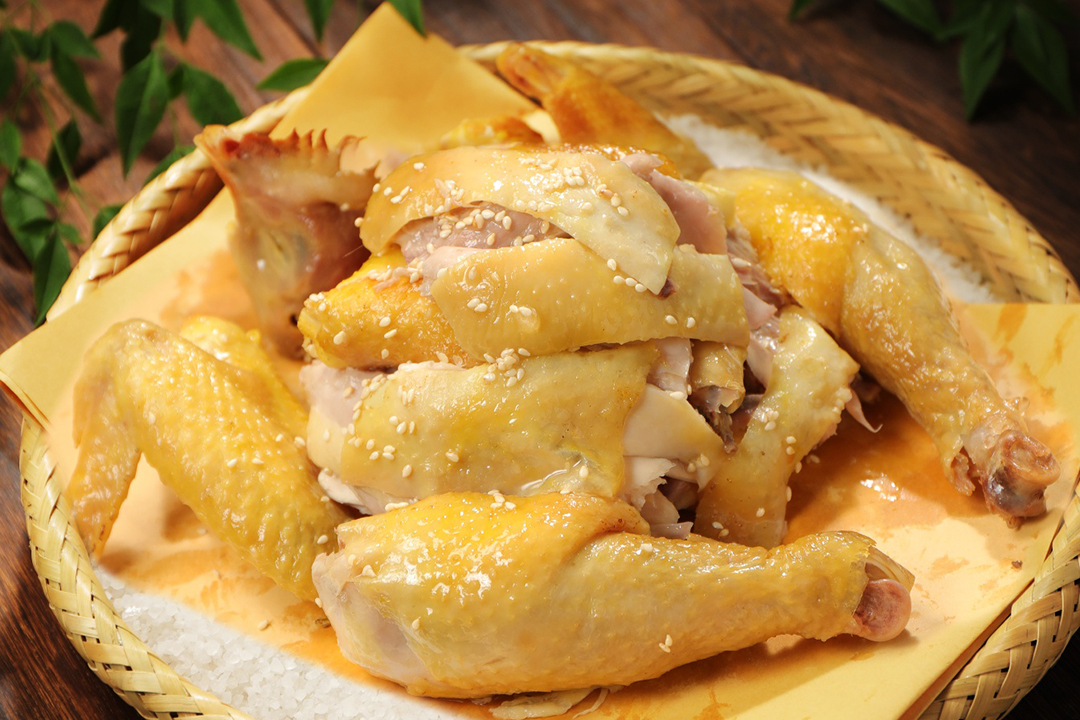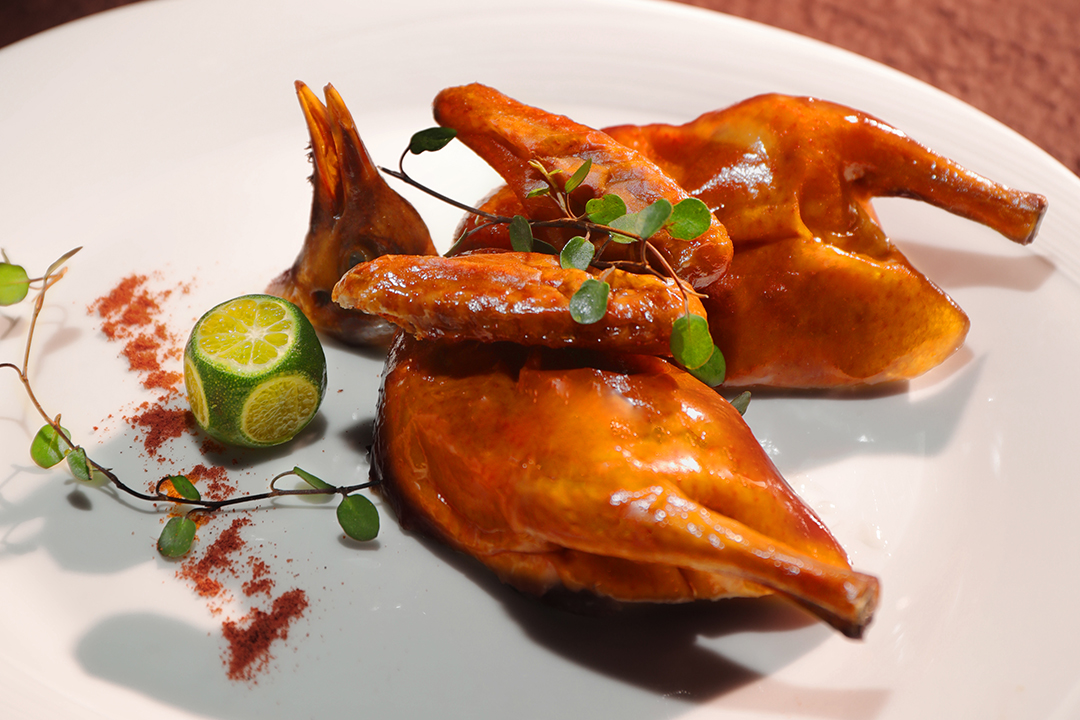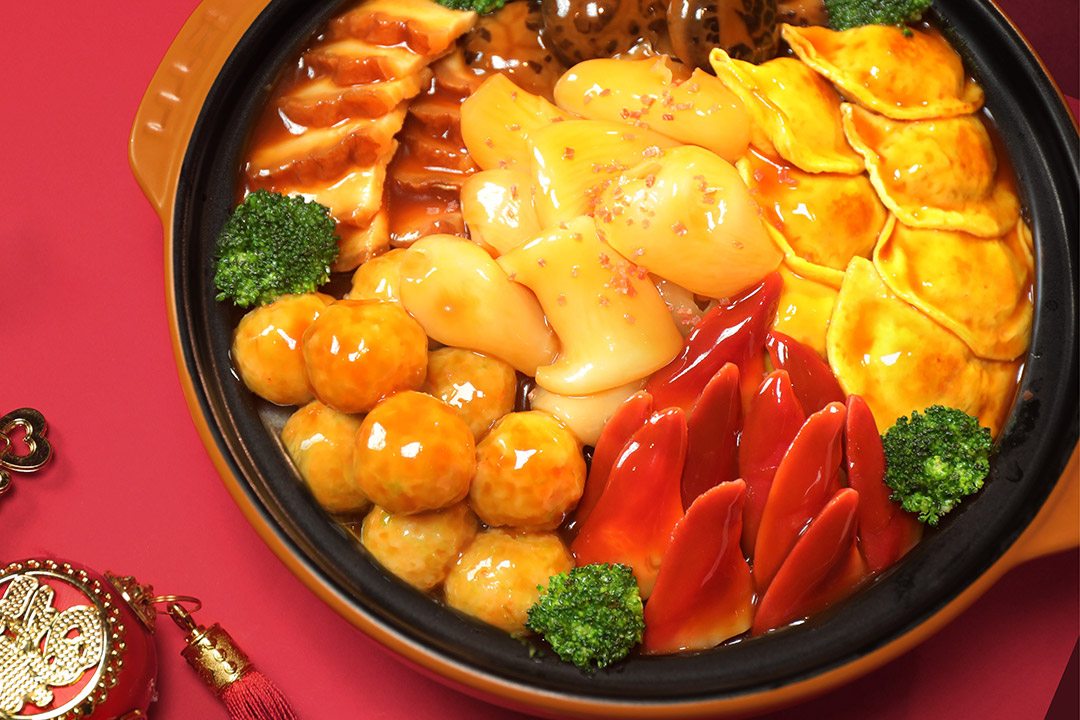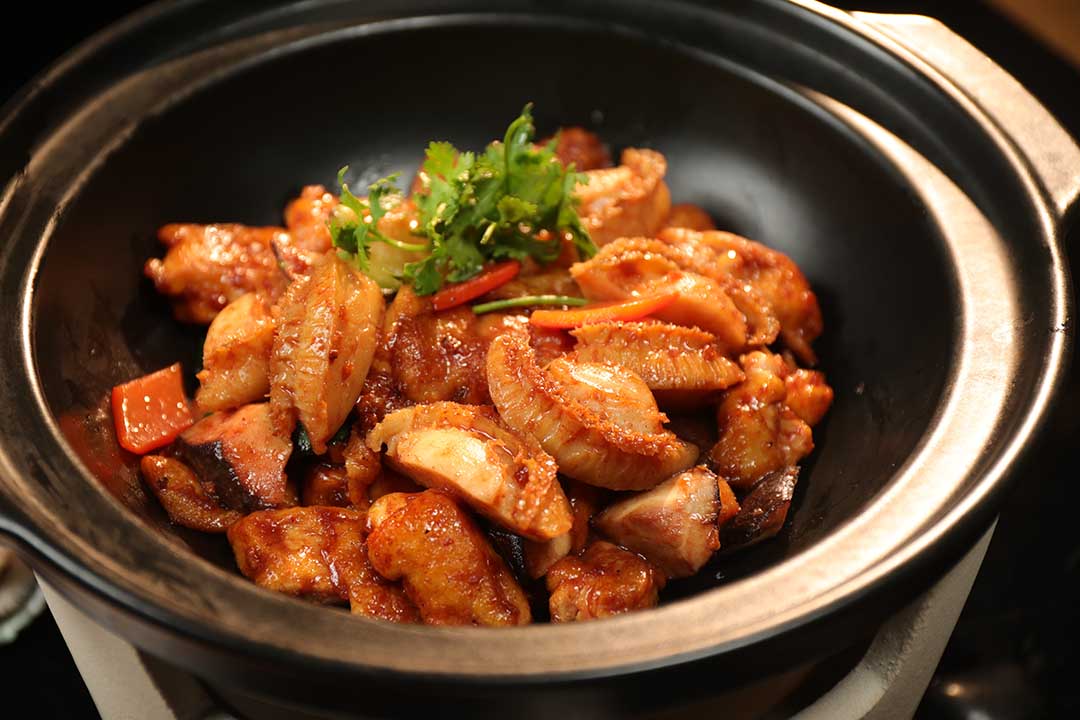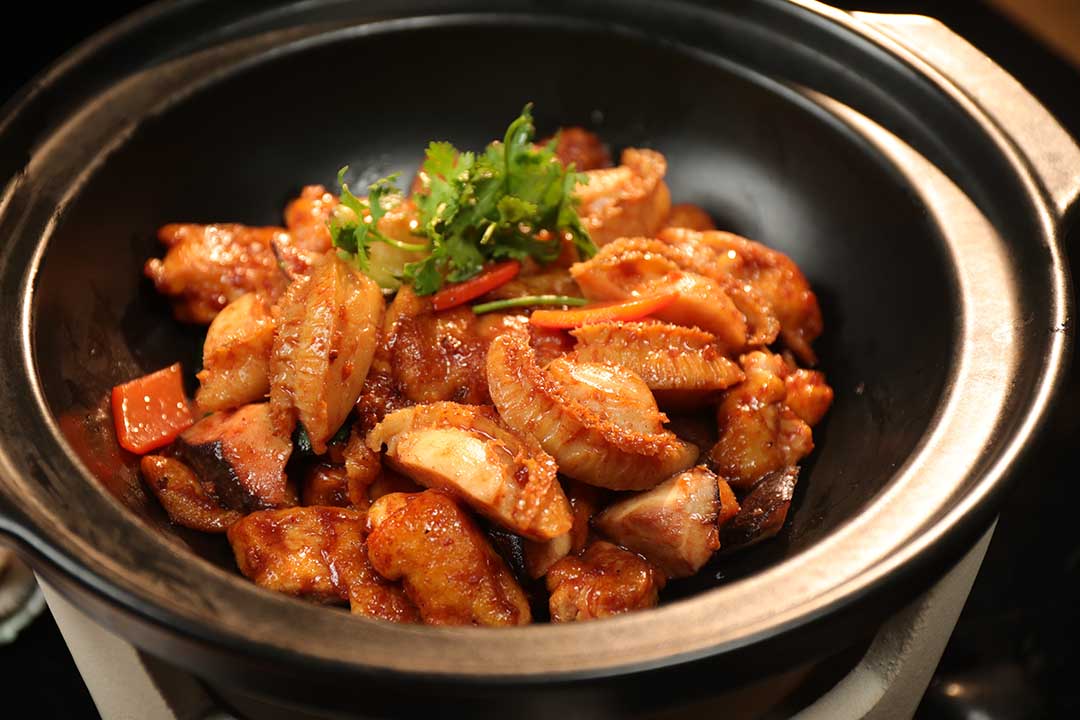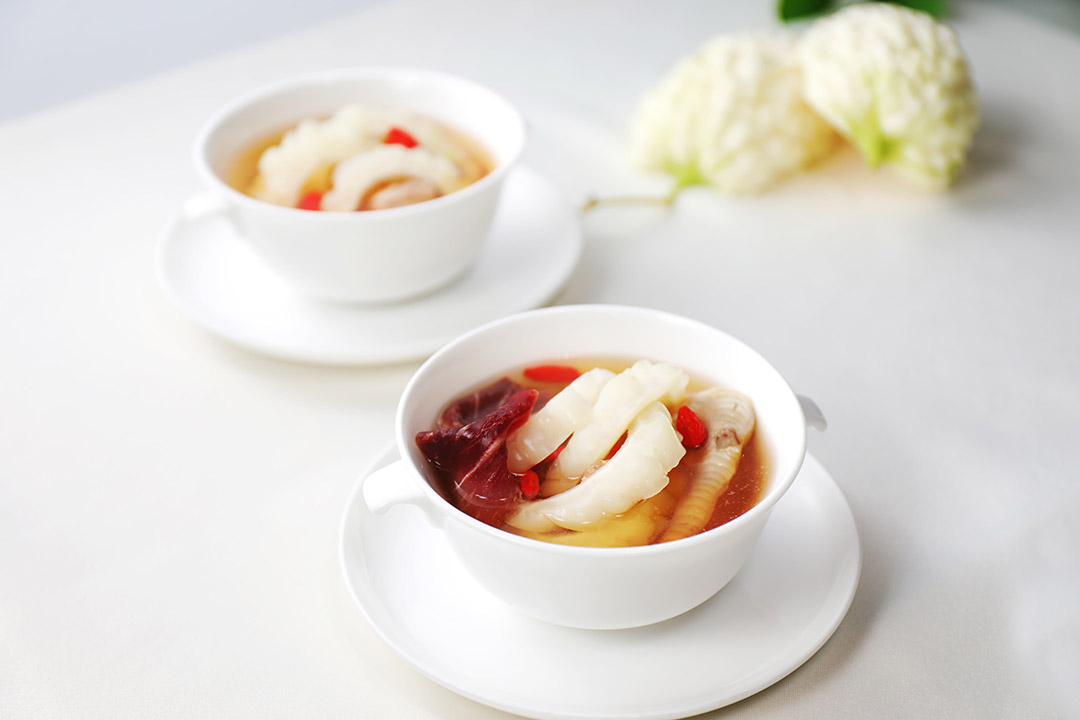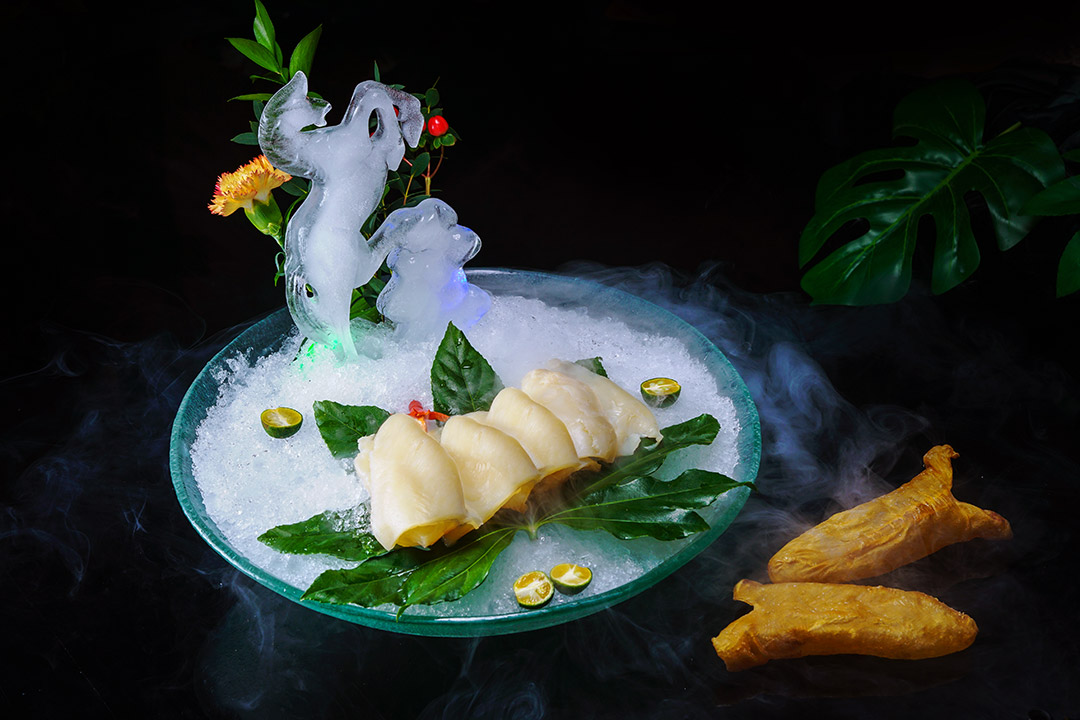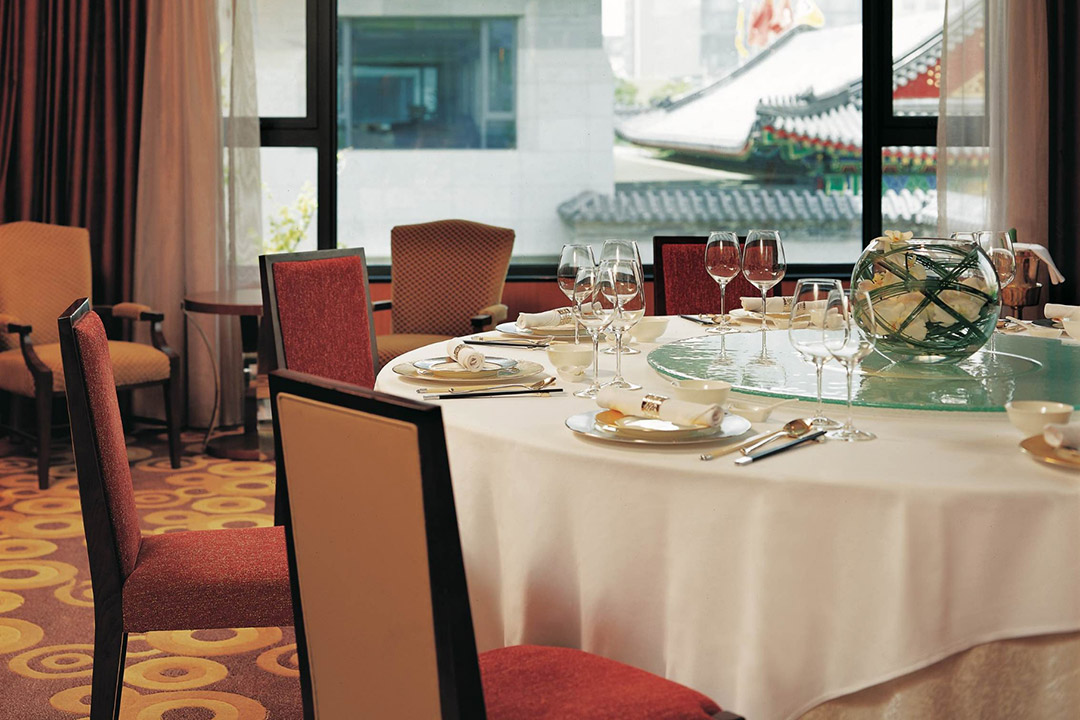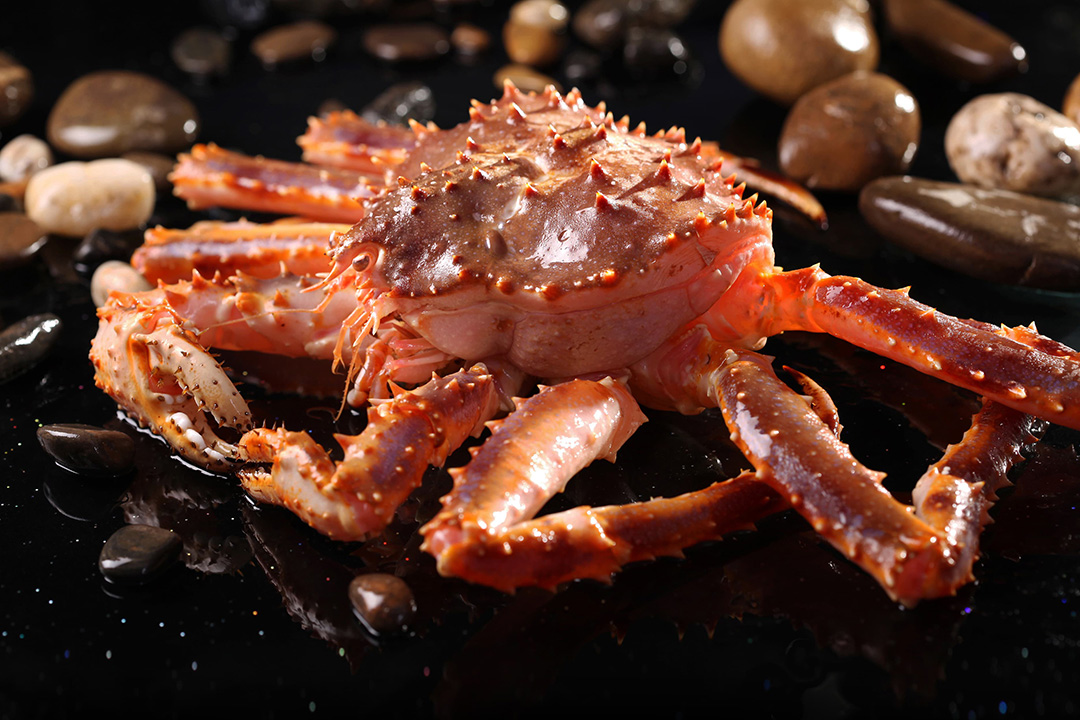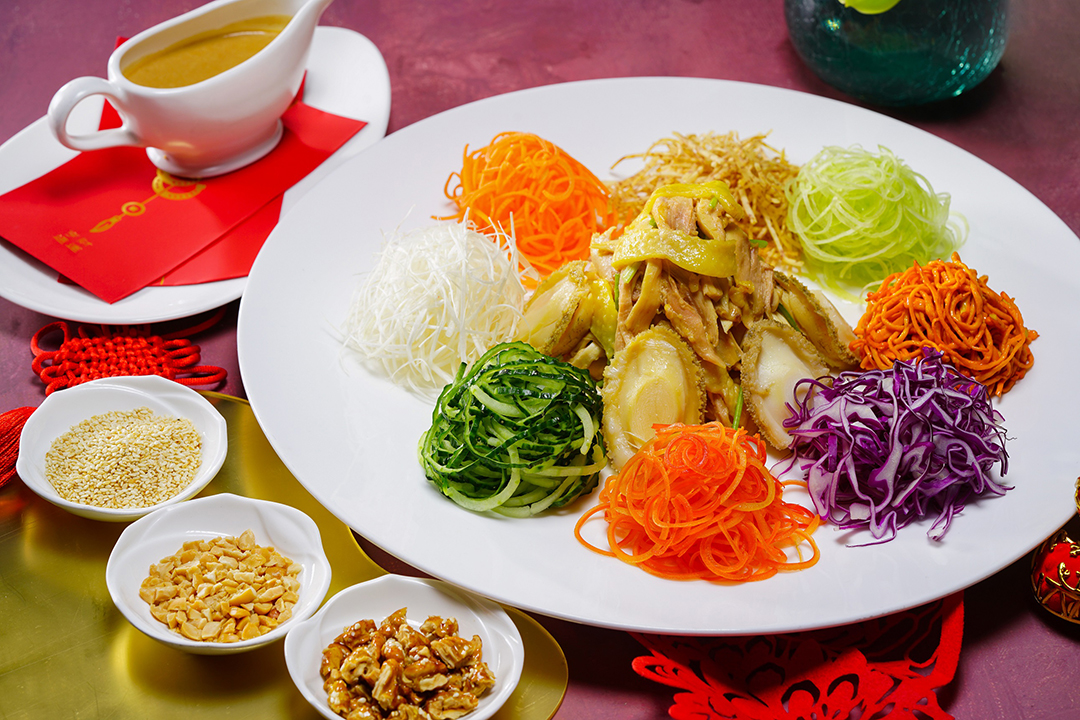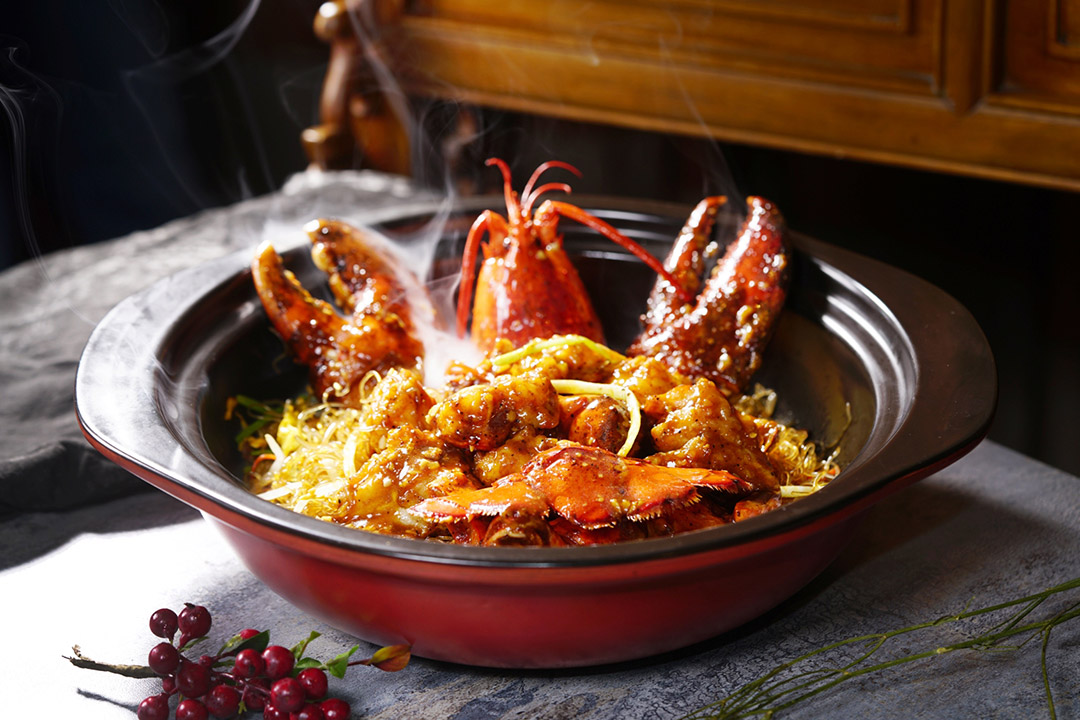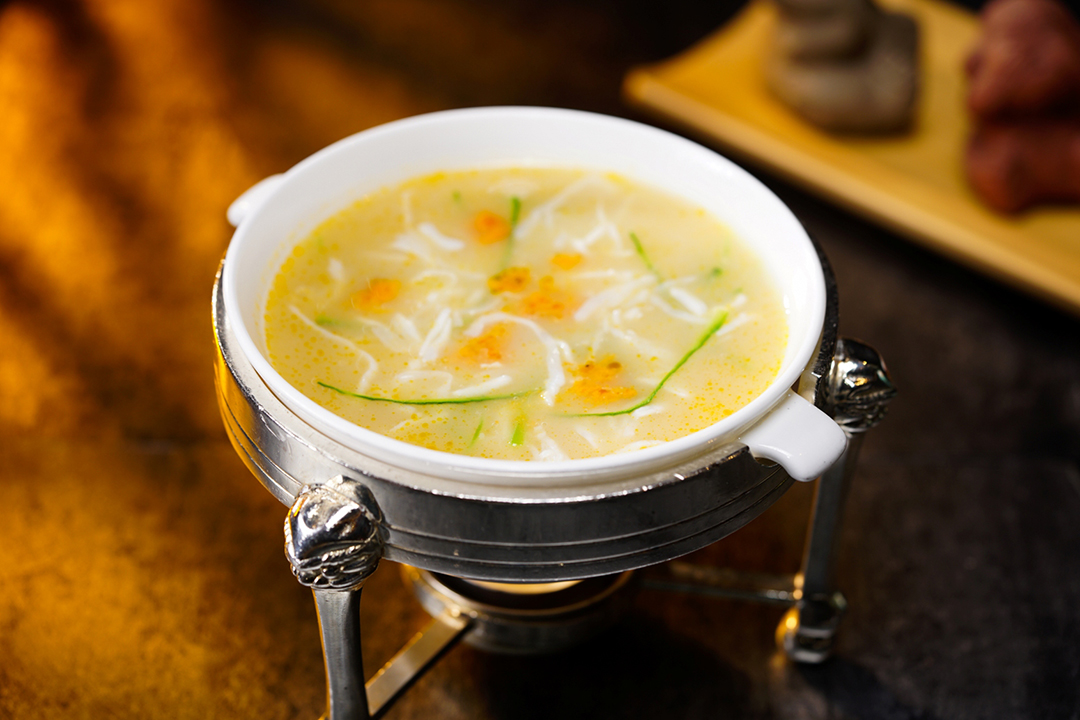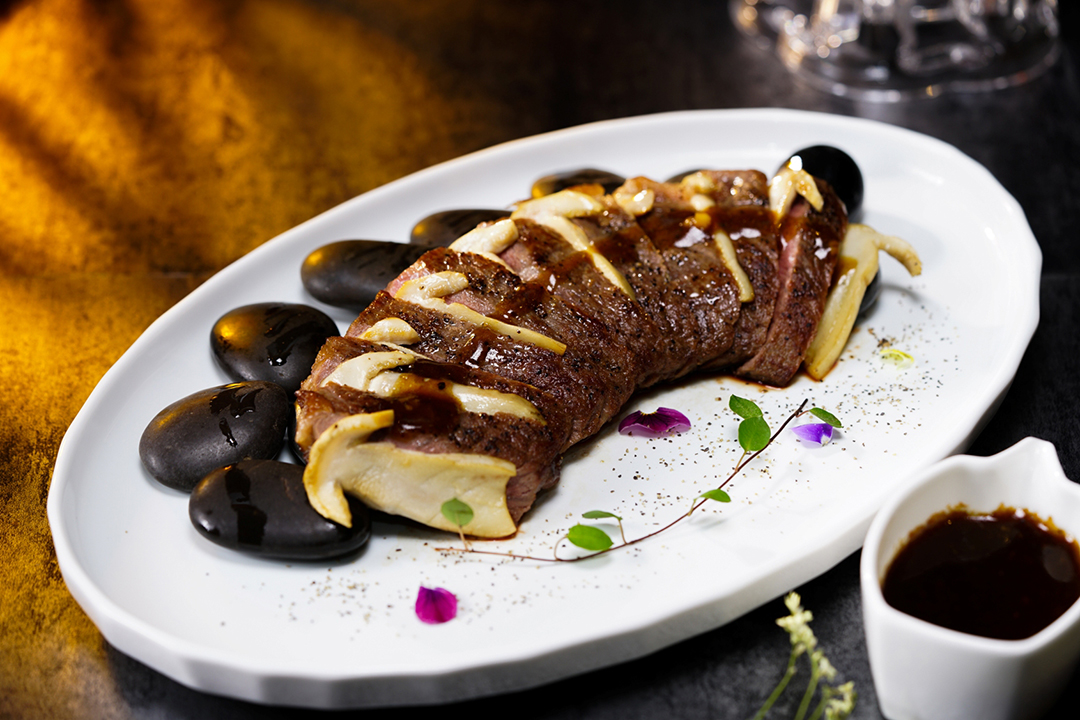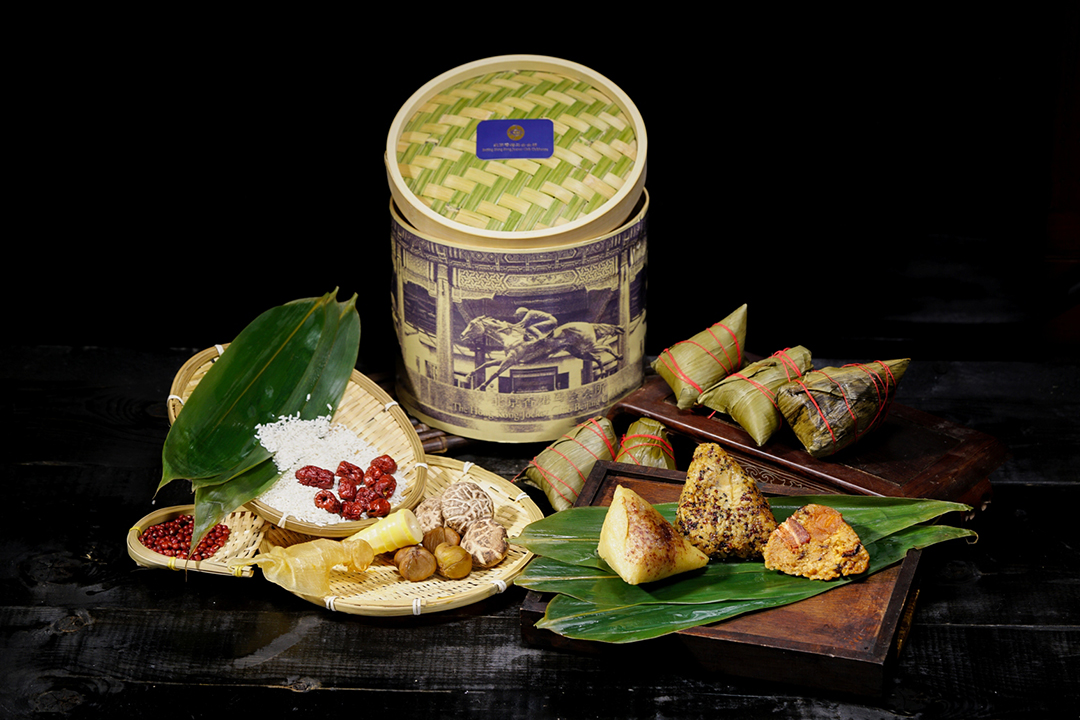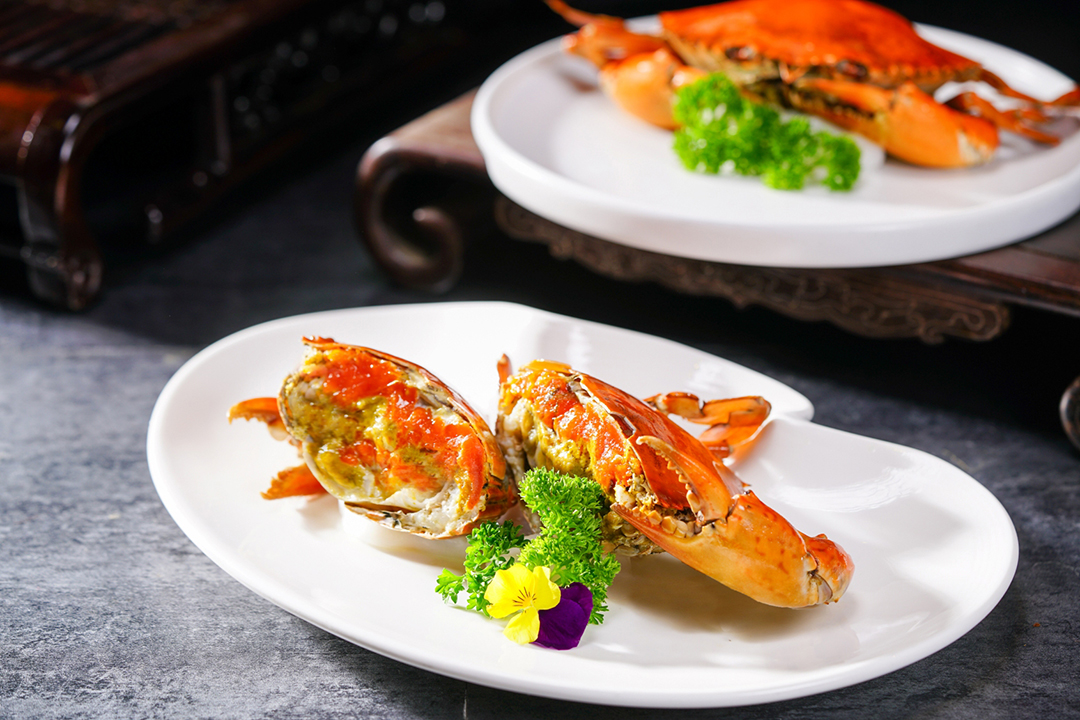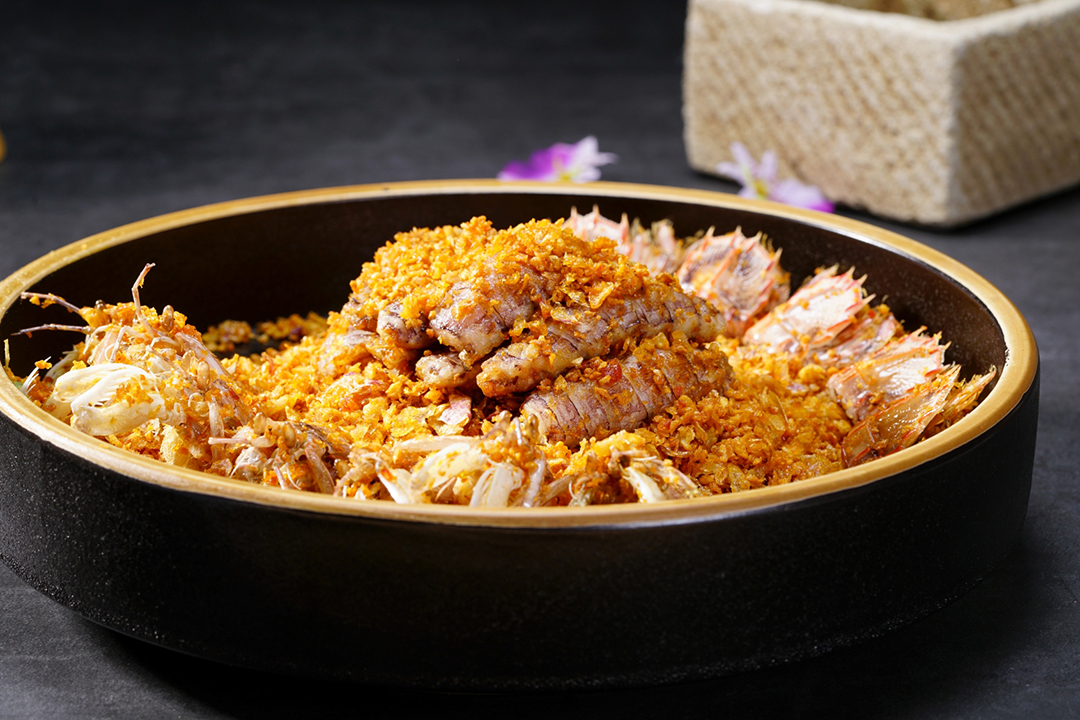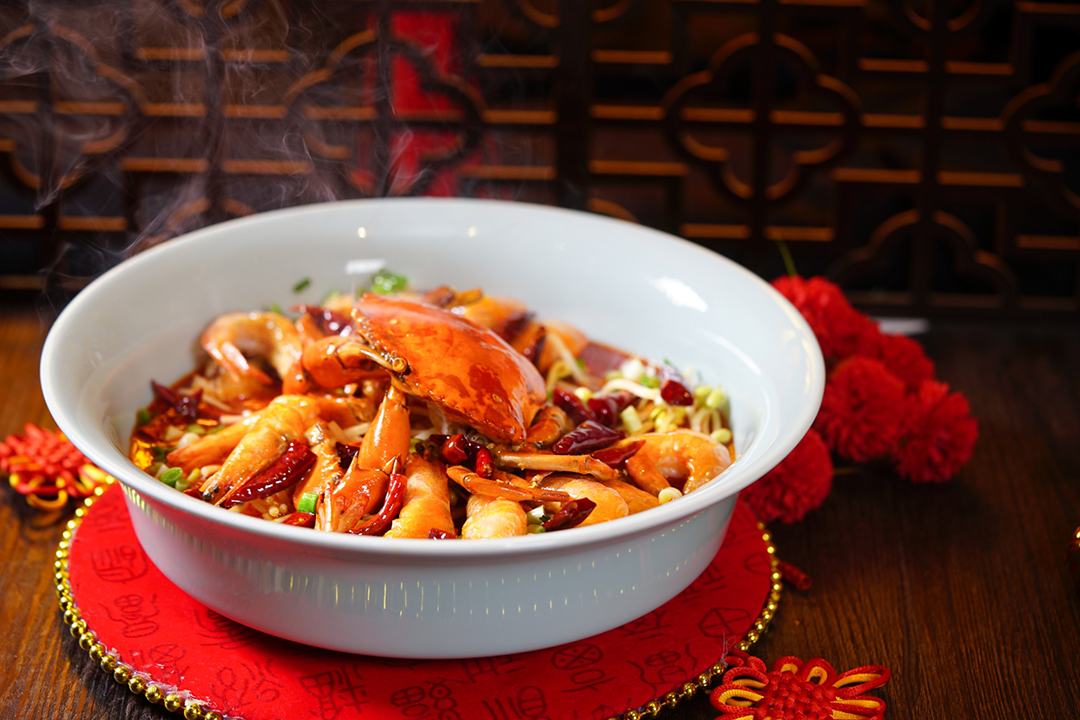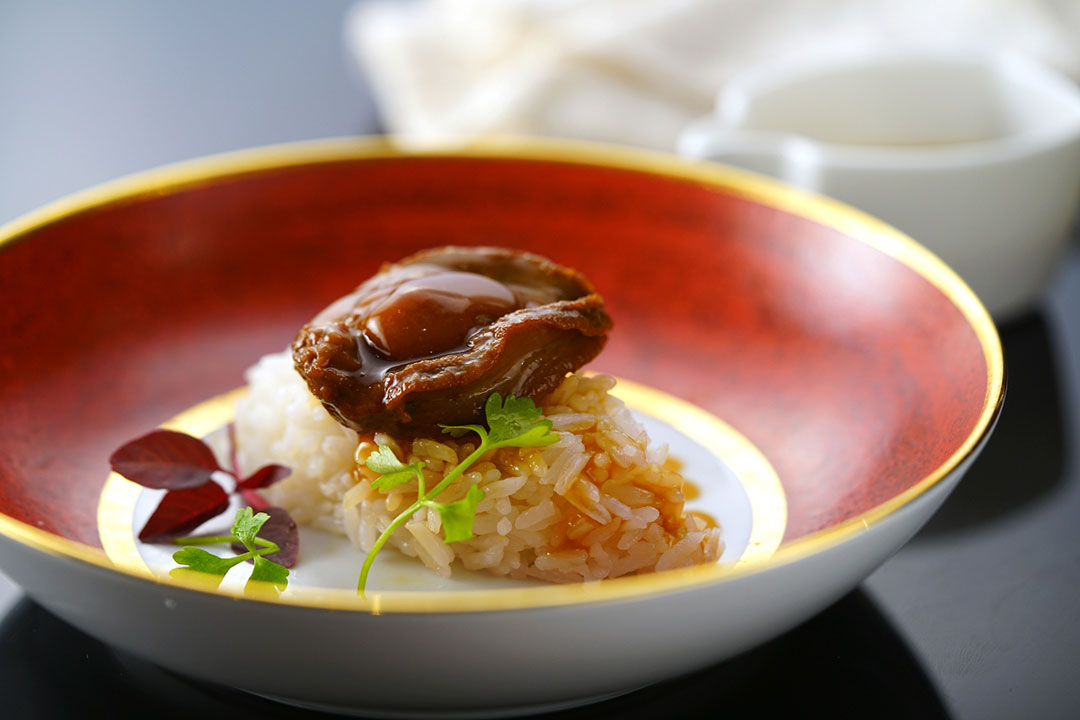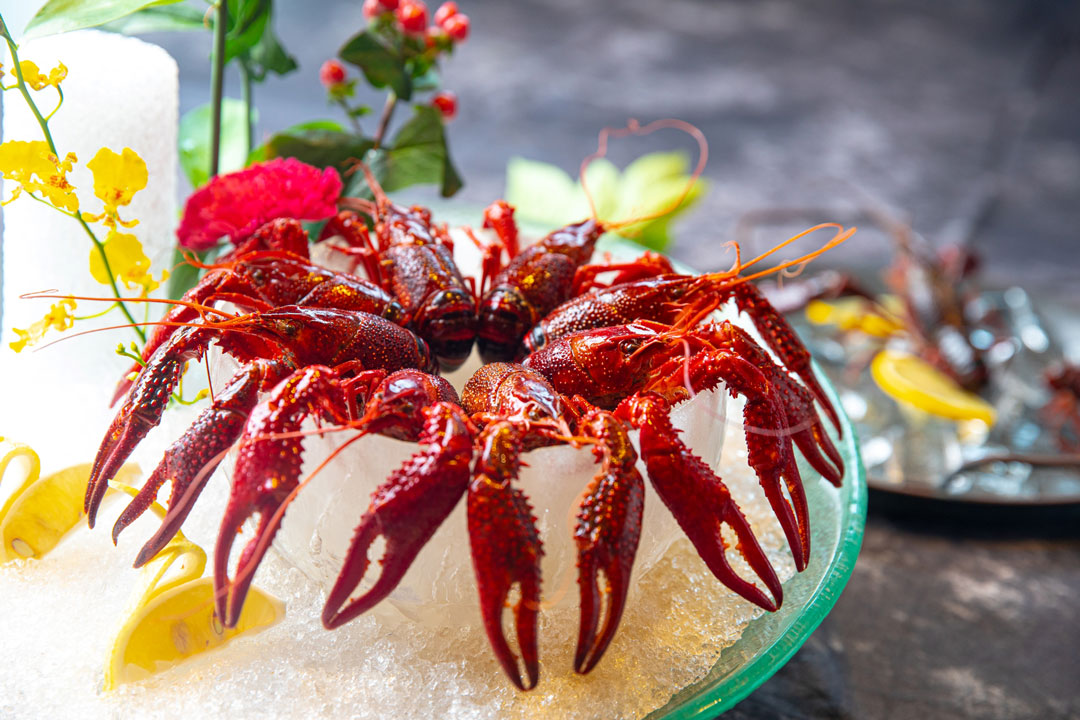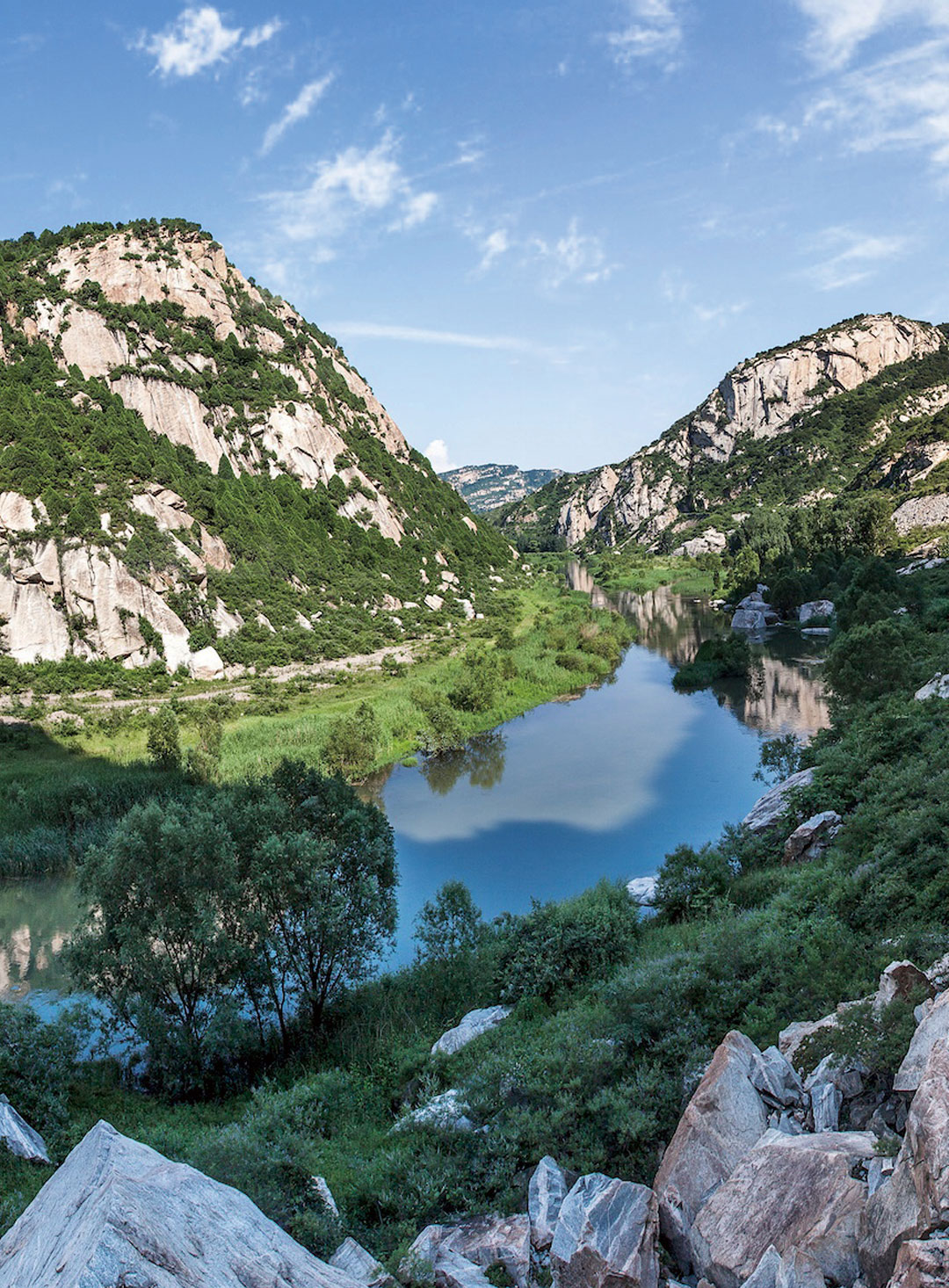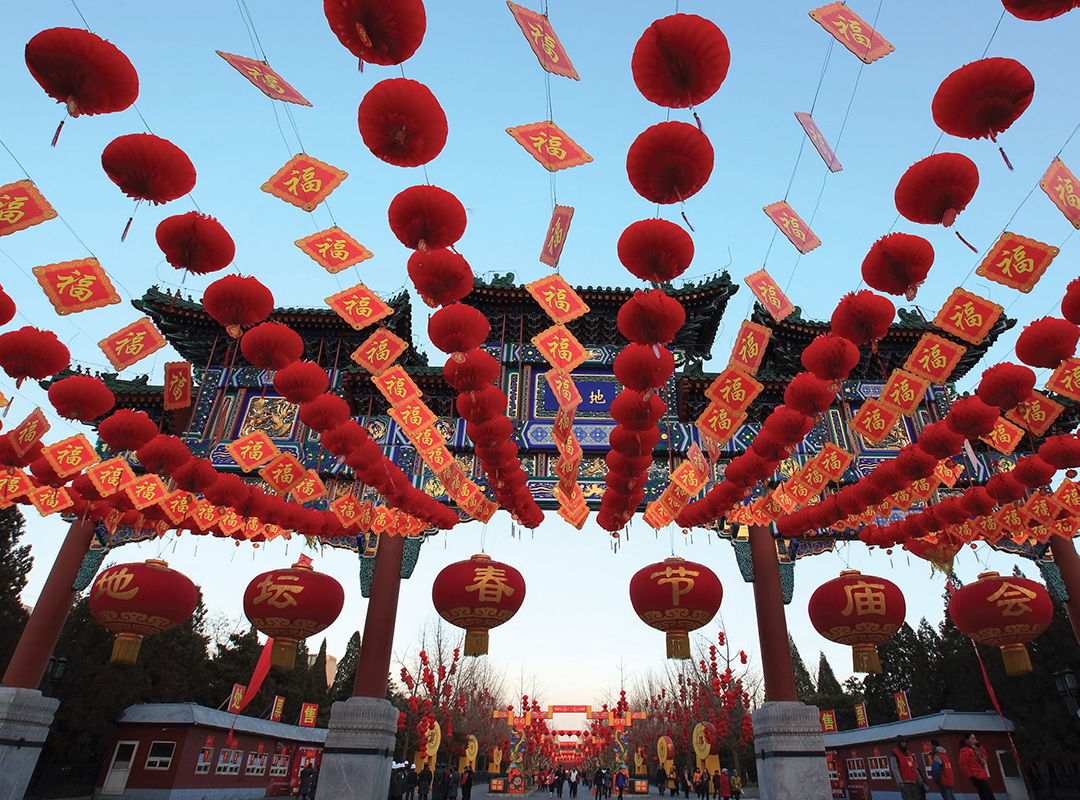Monthly Features
Fresh Spring Breezes Bring Warmth and Blossoms
“To the north of Lonely Hill Temple, to the west of Jia Arbour,
The lake surface is calm and clouds hang low.
In how many places do early songbirds vie for the warmth of the trees?
And at whose home do the young swallows peck the spring soil?
A myriad of flowers slowly enchants the eye,
The short grass barely covers the hooves of horses.
I love to saunter on the east side of the lake,
On the white sand dyke under the green shade of poplars.”
—— Loiter in Spring by Qiantang Lake
by Bai Juyi
“Loiter in Spring by Qiantang Lake” is a famous seven-word poem penned by Bai Juyi in the Tang Dynasty that highlights the salient features of nature and the spring season. The poet succinctly brings to life the fresh and vivid face of West Lake as it puts on its spring look. It is a masterpiece that transports the reader to the picturesque West Lake in early spring. Such natural beauty is not confined to West Lake though. Almost everything in this famous poem can also be applied to Beijing, which in early spring has a poetic charm with all the grasses growing and birds flying around. In this issue, we highlight a host of attractions in nature in and around the capital city that are worth visiting.
As the weather gets warmer, the ice in many scenic rivers in the city begins to melt. Riverside views are relatively thin on the ground in Beijing, and that makes Changpuhe Park all the more lovely.
Located in the heart of Dongcheng District, Changpuhe Park is merely a wall away from Tiananmen. It is also an integral part of the water system of the Forbidden City. During the Yongle reign of the Ming Dynasty, the site where the park now is located was one of the waterways of the East Garden. Marked by its majestic views and natural beauty, the park is so named because of the calamus (“changpu” in Mandarin) that grew on both sides of the river.
In 2002, Beijing authorities gave Changpuhe Park a facelift in a project that aimed at restoring the original features of the site. The result is a vast public green space, with the river being the focal point. The revamp also involved connecting the park with the Imperial City Wall Relics Park, thus creating a leisurely green zone that runs along the Imperial City. In the past, the park was somewhat of a magnet for dust and dirt, but thanks to the renovation project, it has been turned into a green oasis in the heart of Beijing, where visitors relish the stunning river views can learn about the local history and culture as they saunter through the tree-lined riverside paths and watch fish swim happily in the river.
Somewhat of a niche attraction, Yushuzhuang Park is located in Fengtai District, with a total planning area of 768 mu and a water surface area of more than 40 mu. Designed by Professor Ji Huailu of the School of Architecture at Tsinghua University, who has lived in Japan for many years. The park is divided into four zones: the Lake Scenic Zone, the Mountain Scenic Zone, the Hill Scenic Zone, and the Plain Scenic Zone. Almost all of the lake water in the park comes from a rainwater collection system. The overall design of the compound is inspired by traditional parks in Suzhou. On that basis, architectural elements of the Sui and Tang Dynasties were introduced. No colour or paint was added to the chiefly wooden features, so as to highlight the original colours and patterns of the wood.
When completed, nearly 10,000 cherry trees will have been planted in Yuzhuang Cherry Garden, making the park the biggest cherry blossom viewing site in Beijing. So far, some 500 cherry trees have been planted in the garden. When spring sets in, cherry blossoms run riot over the hills, giving the park a mind-blowing exquisiteness.
Yuyuantan Park in Haidian District is an ideal place to see cherry blossoms. As the days are getting warmer, some cherry trees have begun to flower. The cherry blooming season is short-lived. Between the second half of March and mid-April, there are about seven days when one can catch sight of the young blossoms. When you start to see flowering plums on the streets of Beijing, it is time to head to Yuyuantan.
The park has grown cherry trees for more than 40 years. Its cherry blossom garden has recently been given a facelift, thanks to persistent efforts to expand the park’s cherry blossom viewing site. In the process, the park has taken into account the colours of different cherry tree species; views that match the blossoms, and various cultural references. The result is a waterside belt of cherry blossoms stretching one kilometre against a beautiful backdrop of mountains and waters. The expansion efforts have also given rise to a harmonious environment in which the hillside cherry blossoms integrate seamlessly with the local topography and the local culture. New life has been injected into the age-old cherry blossom garden, enabling visitors to enjoy refreshing views of cherry blossoms every spring.
Every year, the park plays host to the Cherry Blossom Festival. It is a feast for the eye with more than 2,000 cherry trees adorning the cherry blossom garden and attracting a sea of visitors to admire the stunning views of cherry blossoms fluttering in the wind.
Wuling Mountain National Nature Reserve is located on the borders of Xinglong, Chengde and Luanping Counties in Hebei Province and Miyun County in Beijing. It is about 130 kilometres away from the capital city. Covering an area of 14,400 hectares, the reserve is grand, majestic and idyllic all at the same time.
The reserve has a forest coverage rate of 93 percent. The peak of Wuling Mountains, standing 2,118 metres above sea level, is the highest peak of Yanshan Mountains. Here, winter is long and summers are short and cool; the seasons are distinctly different, and diurnal temperature ranges are high. The complexity of the terrain and geomorphology contributes to the wonderful diversity of the local climate. At times, it feels like there are several seasons in one day, with peach blossoms floating around at the foot of the mountains while snow falls at higher elevations. On other days, rain falls on the foothills but the rain turns to sunshine as one goes up the mountains. The climate in the reserve is always pleasant, and the variety of beautiful sceneries is matched perfectly by a sweet scent in the air. There are more than 100 local attractions and four ecological scenic spots, namely the Xianren Pagoda Scenic Zone, the Wulongtou Scenic Zone, the Longtan Scenic Zone, and the Qingliangjie Scenic Zone.
In springtime, all things blossom and grow. Butterflies, bees and birds are full of life. The scents of flowers waft in the air. Rhododendron, lilac, honeysuckle and many other flowers begin to bloom, painting the mountains with a plethora of colours. The colour green on the mountains also varies in intensity, creating a sense of layers. Different flowers in different colours and trees awake from their winter slumber to break bud. Nature is cheering, and any visitor can feel the gradual steps of the approaching spring. If you choose to stay overnight here, you will be treated to the 10 famous views of Wuling Mountains: sunrise, autumn views, sunset, mountains and waters, clouds, stone carvings, Buddha light, cherry blossoms, thick foliage, and rock forest.
As the temperature continues to go up, migratory birds overwintering elsewhere are ready to get going. All this heralds the arrival of the lively spring season at Hanshiqiao Wetland Nature Reserve. Located in the district of Shunyi, this place is the only large reed marsh wetland in Beijing, as well as a habitat for a wide variety of rare birds.
When reopened in March, the park attracts schools of wild ducks that are on a quest for food. There are also shorebirds stretching under the sun, while egrets are often seen flying around. The wetland is a paradise for birds in springtime. If you have had enough of cherry blossoms and walking around, this place is ideal for taking a breather. Apart from birdwatching, you can also sail a boat here while taking in the beautiful views of flowers such as cattails, irises, lotuses and water lilies. The sight of herons, egrets and common moorhens will also make you feel at one with nature.
The dense reeds and impressive biodiversity form a vast expanse of nature that is unique in the suburban area of Beijing. The clear waters, luxuriant plain, colourful flowers and singing birds, as well as the sea of reeds blowing in the wind complete the picture of this spectacular scenery. Little wonder that the wetland is affectionately known as “the Big Reed Marshes in Eastern Beijing” and “the Little Baiyang Shallow Water”.



